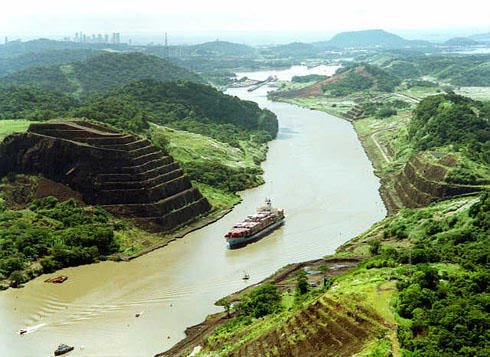Mongols in Russia
The Mongols (Tartars) 13th century
Allowed local kings to stay
Left culture intact
Depressed economy and drop in literacy
Tributes
Mongols 13th century
Duchy of Moscow
Military focus, in government
Utilized ties with Orthodox church and nationalism
1480 succeeded in organizing an independent state
“Czar” - Imperial rule:
Church
Centralized government
Call to nationalism
Diplomacy to the west
Order St. Basil’s cathedral
Moscow
Expansion
Ivan the Terrible (IV) continued expansion:
Central Asia
Siberia (16th century)
Expanded internal power:
Eliminated nobility
Cossacks and land grants
Increased labor force/slavery
Allowed British to establish trade
Encouraged artist and architecture
Kremlin was built
Russia by 1533
Orthodox Church
Gave Russia the title of
“The Third Rome”
“Czar” meaning ceasar
Made Moscow its’ new home
Would intertwine itself with the throne for centuries
Russian identity and nationalism would be fueled by the Church
Early Modern Period 1450-1750
Ivan IV dies without an heir:
Time of Trouble (17th century)
Poland and Sweden claim territory
Boyars fight for control
1613 Michael Romanov becomes czar
First Westernization
Peter the Great (1689-1725) went incognito to the west
Artisans followed him back to Russia
Held to the same national policies but implemented changes to economy and culture
Created secret police
Expanded to Baltic sea (via Sweden)
Navy
Shift to St. Petersburg
Catherine the Great 1762-1796
German born, inherited a deficit of 17 million rubles
Extended rule central government
Interest in all areas of her country
Encouraged the Enlightenment in Russia
Maintained royal authority
Rewarded nobles for peasants in military duty
Further colonized Siberia and claimed Alaska
Explorers went into northern California
Allied with Prussia and Austria, reclaimed Poland
Gregory Potempkin
From Michael Romanov to Alexis:
Restored internal order
Drove out foreign invaders
Pursued imperial expansion
Ukraine
Southern border met the Ottoman Empire
Restored state control of church
Exiled Old Believers
Abolished assembly of nobles
National Identity
The shaping of Russia:
Russian expansion coincides with the Ottoman advance eliminating nomadic threats
Russia sees a multicultural population
Muslims allowed to maintain religion
Reconciling and purging of the Orthodox church
Russia
300 years of Czarist rule, over the largest land empire
95% of population was rural
Merchant class never developed
Agriculture and manufacturing saw little advancement
Peasants (obruk) made little progress up till the 18th century

No comments:
Post a Comment